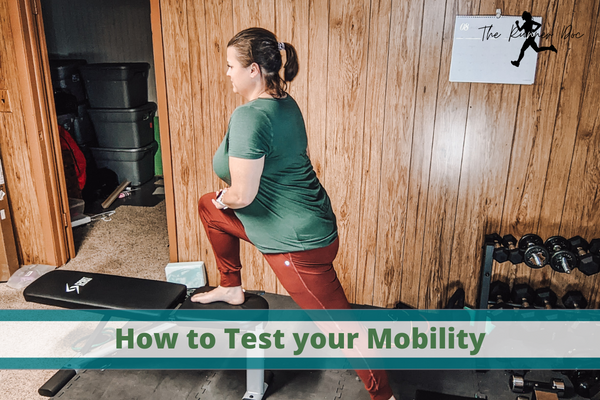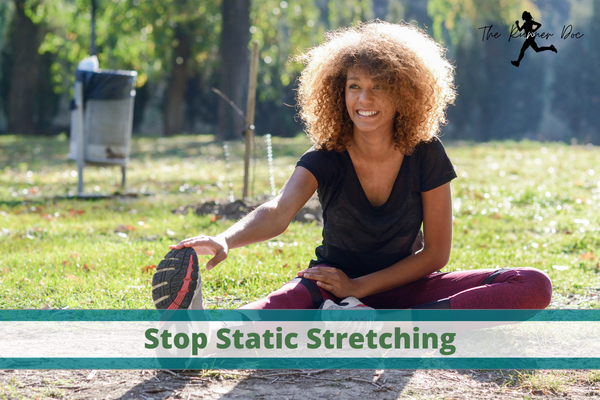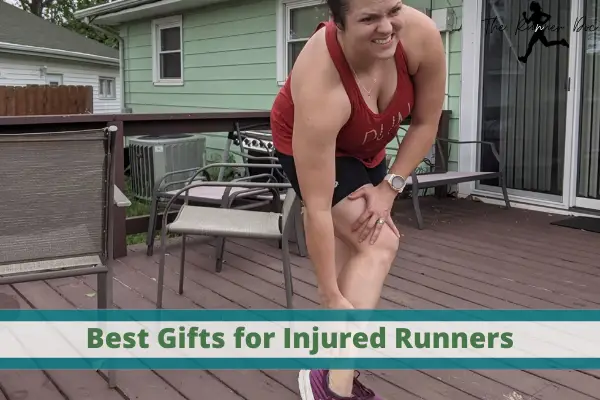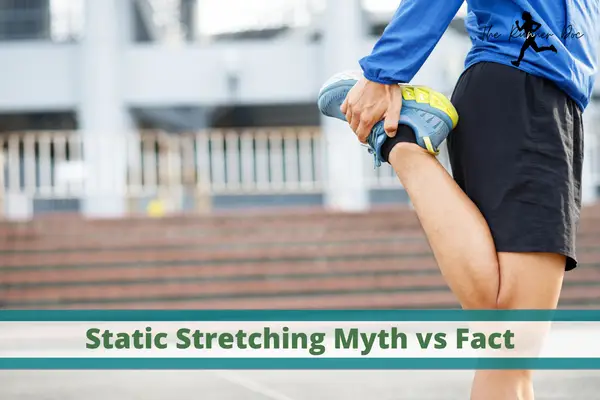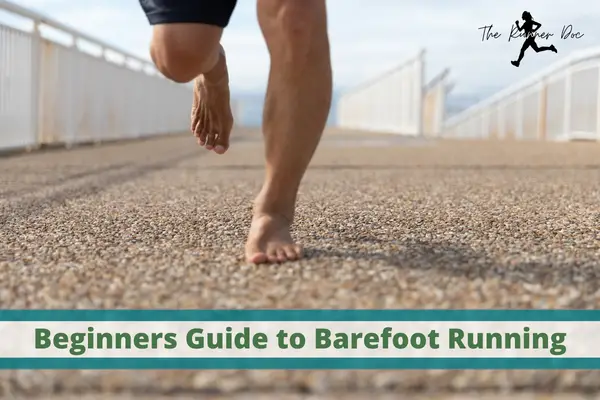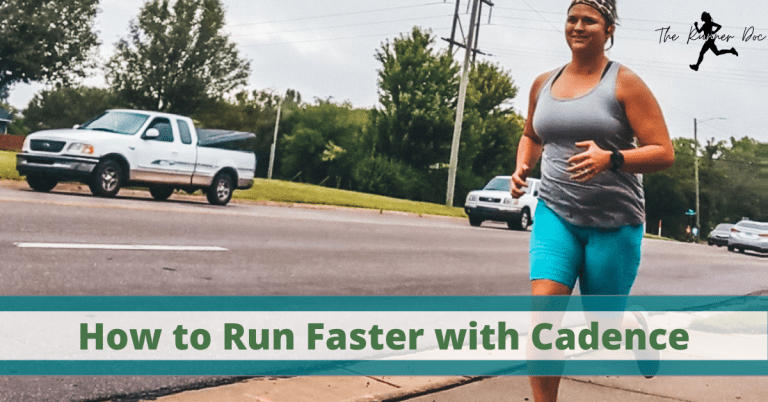The Best Way for Runners to Test their Mobility and Stop Getting Hurt
If you’re a runner, then you know that the key to avoiding injuries is to stay mobile. But how can you be sure that your mobility is up to par? In this blog post, we will discuss the best ways for runners to test their mobility and stop getting hurt. We’ll also provide some tips on how to improve your mobility if needed.
So whether you’re just starting out as a runner or you’ve been running for years, be sure to read this post!
What is Mobility and Why is it Important for Runners?
Mobility is the ability of your joints to move through their full range of motion. This is important for runners because it helps to avoid injuries. When you have good mobility, your joints are less likely to get injured when they are put under stress.
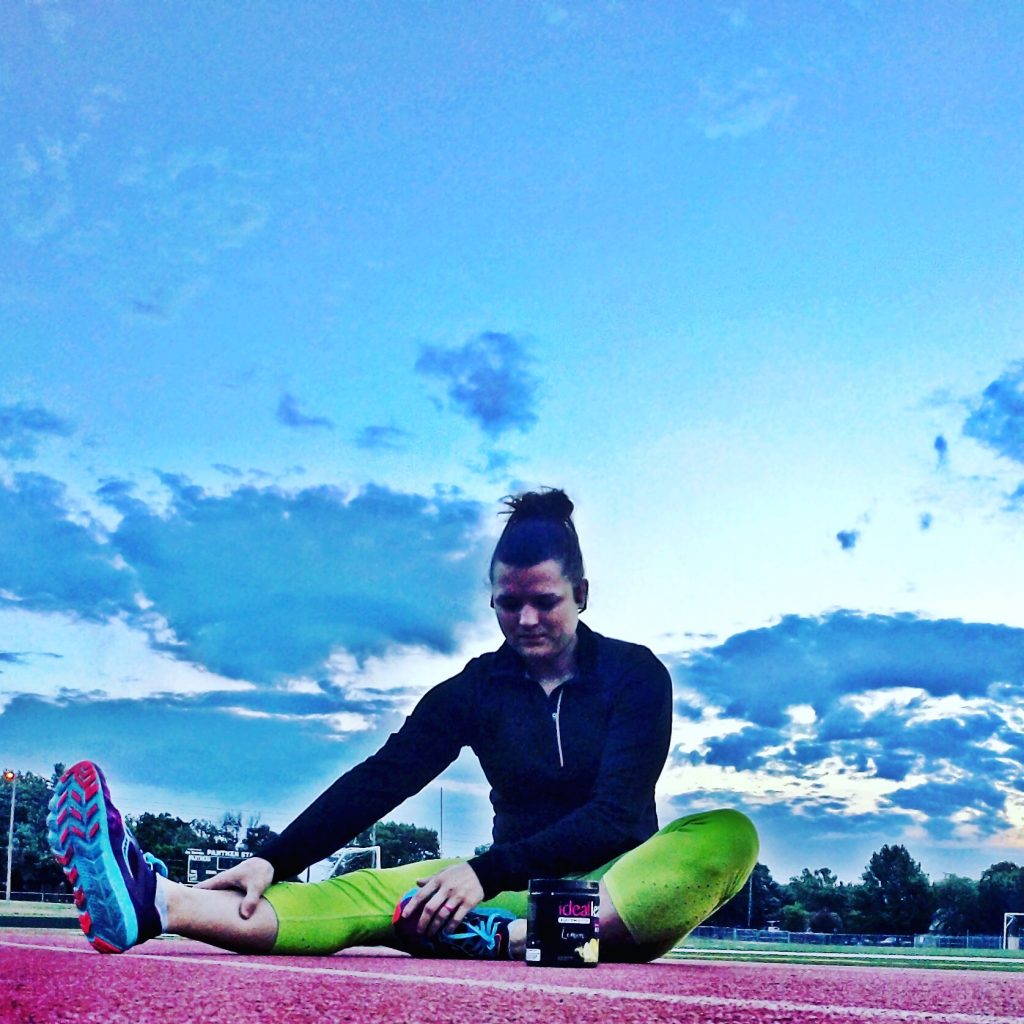
You aren’t moving throughout your joint’s complete range of motion if you are restricted in movement. As a result, the pressure might be unevenly distributed and that is why mobility is important as a runner.
When Should I Test My Mobility?
Anytime!
I would recommend doing mobility work every day for 5 minutes or so! But doing these three specific mobility tests are good to do about once a month. You can just incorporate them into your mobility work every once in a while.
I would suggest also taking a video of you doing these three to be able to compare your progress!
How can runners test their mobility?
There are several exercises and schools of thought on how to work on mobility and different assessments. For runners specifically, I like these three.
I lean towards these because they are “easier” compared to other mobility tests and they are very sport specific for runners. Which is one of the most important things.
The Deep Squat for Runner’s Mobility
The first way to assess mobility for runners is the deep squat. This is a great exercise to test ankle, knee, and hip mobility all at once.
To do the deep squat, stand with your feet shoulder-width apart and toes pointing straight ahead. From there, sit back like you’re going to sit in a chair. Squat down as far as you can without your heels coming off the ground. Go as far as you can but if you can get your butt to within a hands width from the ground you have great mobility here!
One exception, make sure your toes don’t turn out to compensate for decreased ankle mobility!
The High Lunge for Runner’s Mobility
The high lunge is another mobility assessment that’s great for runners. This exercise tests hip mobility, specifically hip extension on the back/straight leg.
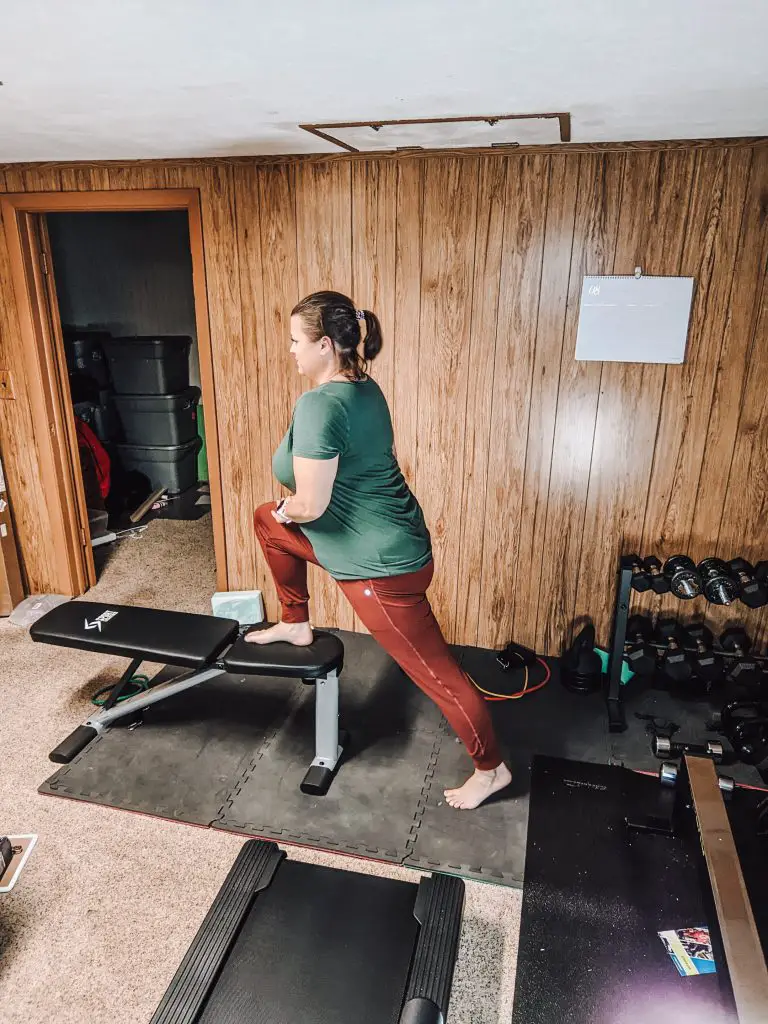
To do the high lunge, start in a standing position with your feet together. Step up onto a dining chair with one leg and straighten out your back leg while going up on your toes. From there, lunge forward as far as you can.
The Twist for Runner’s Mobility
Another name for this move is open book. You are going to start with laying on your side with your top leg bent, preferably over a foam roller to add more stabilization. The bottom leg will be straight. You’re going to reach your top arm back while you twist in your upper back until your hand is flat on the floor.
The goal here is to get your shoulder blade to touch the ground without moving your hips. This is for thoracic spine mobility. This is important for runners for overall upper body mobility and a starting point at that level!
These three exercises are a great way for runners to assess their mobility. If you can’t do them, don’t worry! There are ways to improve your mobility.
What are some tips for improving runners’ mobility if needed?
If you find that you need to work on your mobility, there are a few things you can do. The first is to practice the movements.
Dynamic movements are more important for improving mobility than static stretching. This is due to mobility being the ability to move through the full range of motion.
Practicing the mobility tests in a slow, controlled manner is a great way to improve the movements. Start by going through each movement 5 times in a slow way while pausing at the end range that you can get to for about 3 seconds then return to the start.
On the other hand, if you have significant deficits in any of these three tests then it is probably time to get evaluated by a physical therapist.
Even if you aren’t having any problems or pain you should get checked out if you are lacking significant mobility. One check-up could be all you need for the therapist to assess where your limitations are and what you should specifically work on. This will help you get to the root cause sooner and without floundering around trying to find what works!
Will I get Injured if I Don’t Have Good Mobility?
Maybe….maybe not.
Having a lack of mobility doesn’t necessarily mean you are going to get injured. Having good mobility doesn’t necessarily mean you won’t ever get injured either.
Injuries are multifaceted and rarely caused by one thing unless trauma is involved.
However, having good mobility isn’t going to do you any harm in the future. Also, having good mobility is one more tool in your box to help hopefully prevent future injuries.
What Should I Do if I Have Good Mobility as a Runner?
Nothing.
Well, keep doing what you are doing and regularly take stock of how your body feels.
Repeat this screen quickly to make sure you haven’t lost any mobility either.
Maintaining mobility is much easier than trying to get more of it once lost!
Final Thoughts on the 3 Best Mobility Tests for Runners
If you’re a runner, it’s important to test your mobility and make sure you can move through the full range of motion. These three exercises are a great way to start, but if you find that you need to work on your mobility, there are ways to improve it.
Practice the movements slowly and with control to see the best results. And finally, remember that having good mobility doesn’t mean you won’t get injured – injuries are complex and rarely caused by one thing. But maintaining your current level of mobility is much easier than trying to regain it once lost or injured!
Related Articles to Mobility Tests for Runners
- 5 Benefits of Tai Chi for Runners {it is Perfect for ALL ages}
- Top Foot Strengthening Exercises for Runners: Keep Your Running Feet Happy!
- What is Mobility and Why Runners Need it Today.
- Should Runners Stretch Before a Run? It is a Waste of Time!
AFFILIATE DISCLOSURE
As an Amazon Associate, I earn from qualifying purchases. This post may contain affiliate links. If you use these links to buy something we may earn a commission. The Site may contain links to affiliate websites, and we receive an affiliate commission for any purchases made by you on the affiliate website using such links.
All information should be used as a tool for more knowledge on the subject topic, to use as references for later articles where applicable, or just to keep it in mind during future exercise routines or activities.
This article is not meant to give medical advice or to replace professional health care. Should any ailment occur please contact your doctor or physical therapist immediately to keep yourself safe and prevent further damage.
The author is not liable for any personal or commercial damage directly or indirectly related to the content hereof. You are responsible for adhering to local laws and regulations regarding health & safety, including proper use of equipment or safety gear, and compliance with governing healthcare associations, and state, and federal regulations.
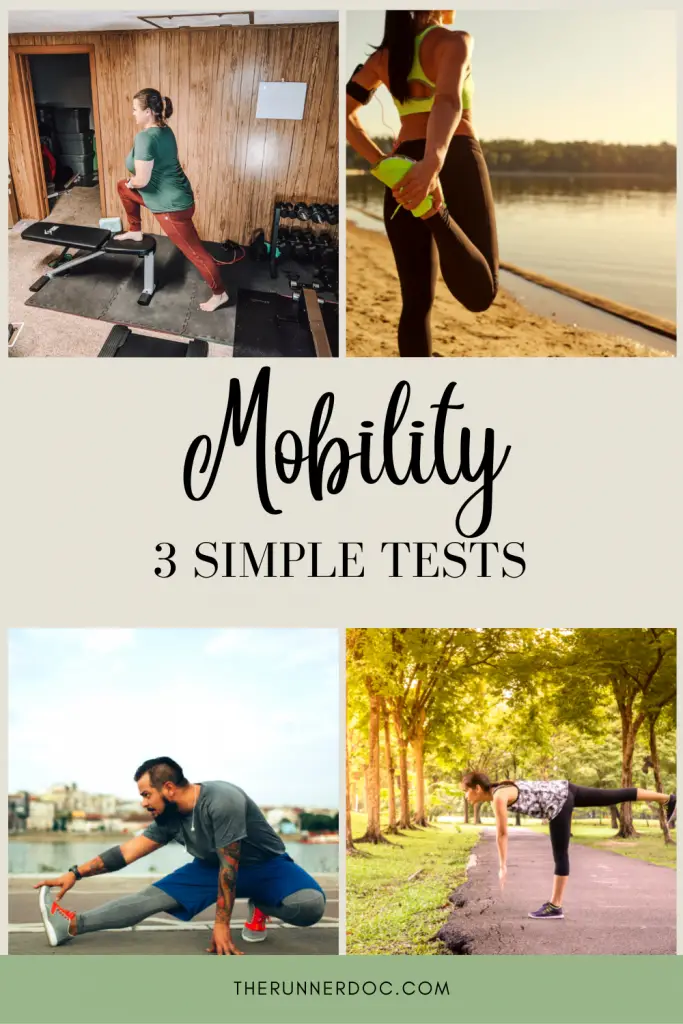
The 3 Best Mobility Tests for Runners to Do Today
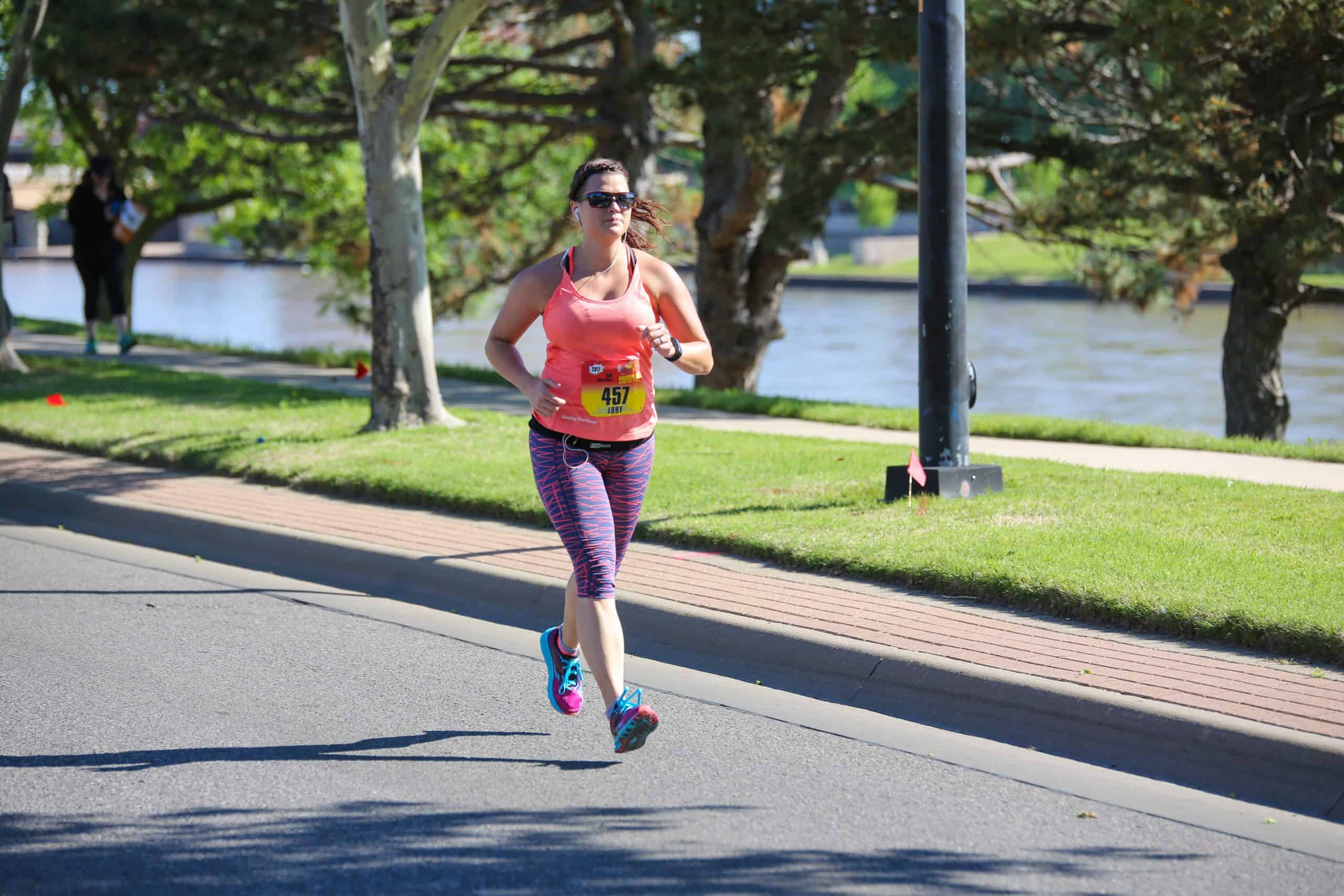
Dr. Abby Siler, PT, DPT is a Physical Therapist with 10 years of experience in a variety of settings. She has spent the majority of her time treating athletes in orthopedic clinics and worker’s compensation cases. She is a runner herself for the past 15 years and a lifelong athlete. Dr. Abby loves to teach runners how to stay injury free and out of her clinic.

